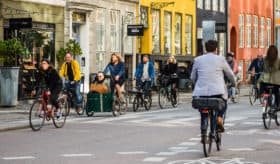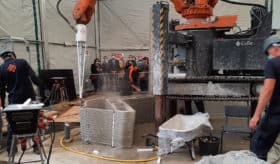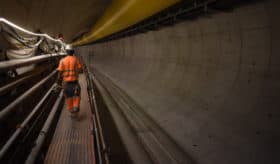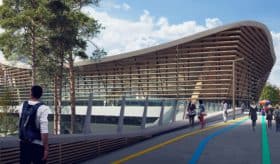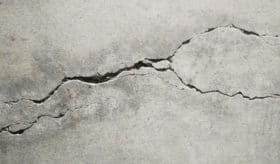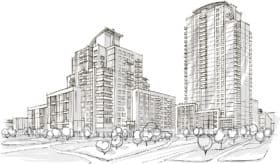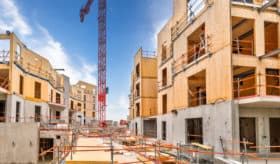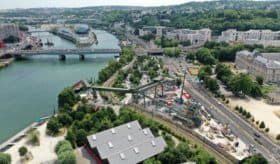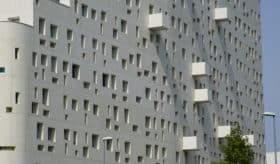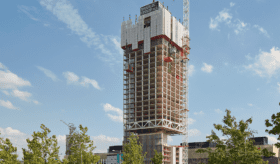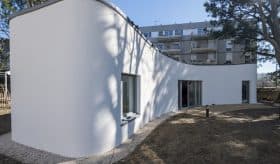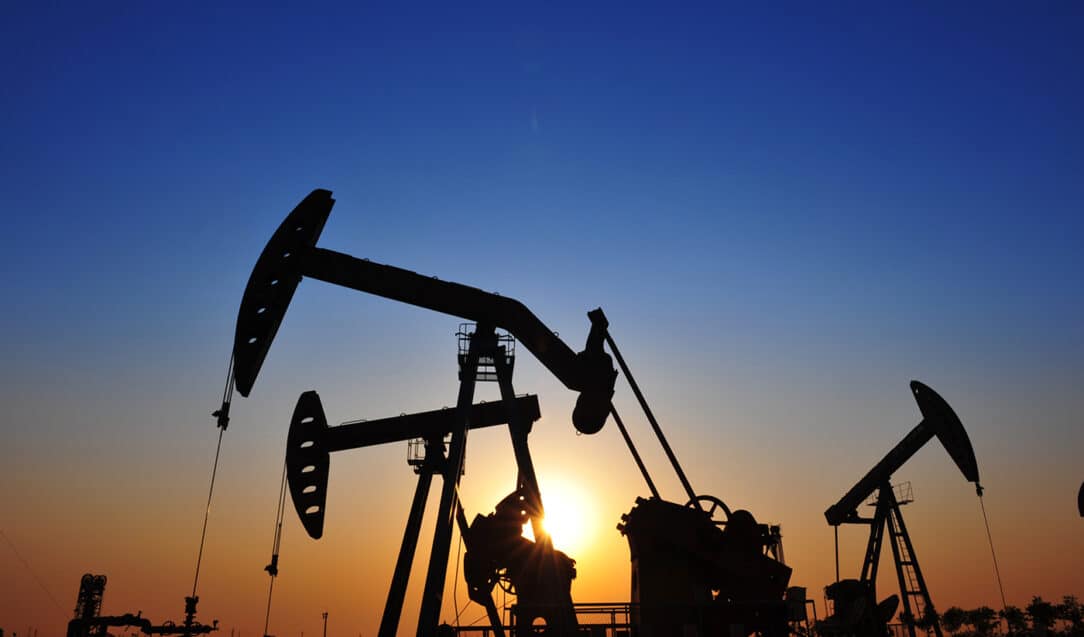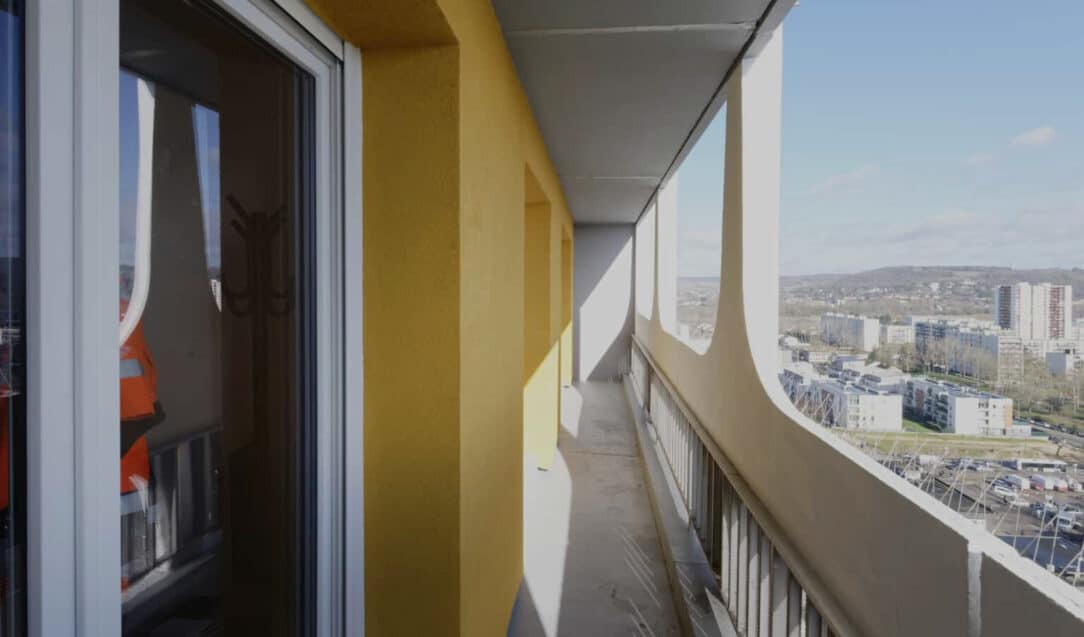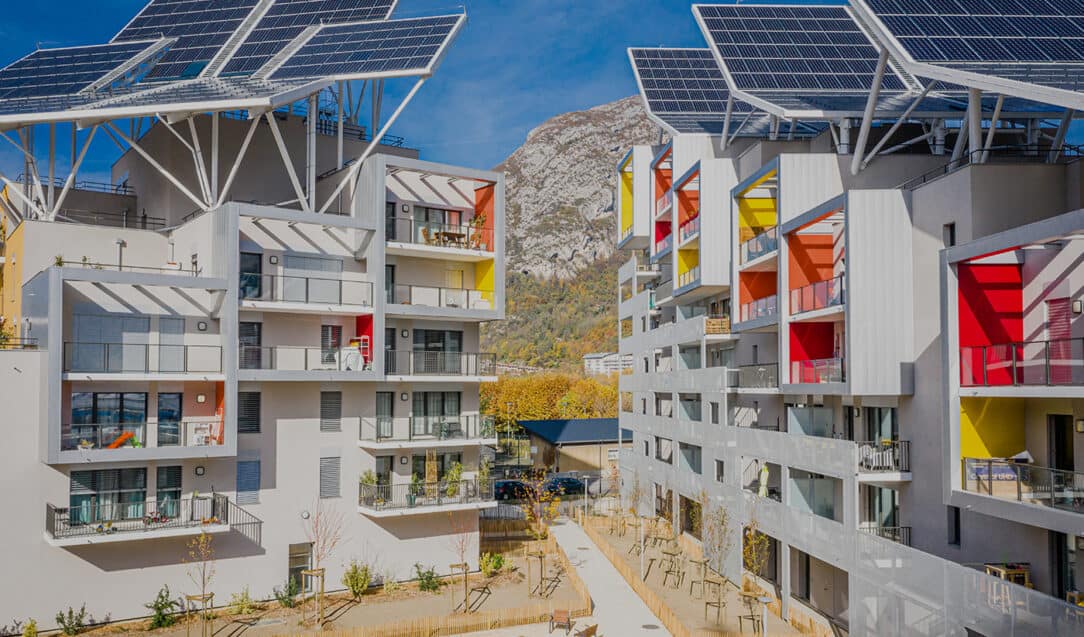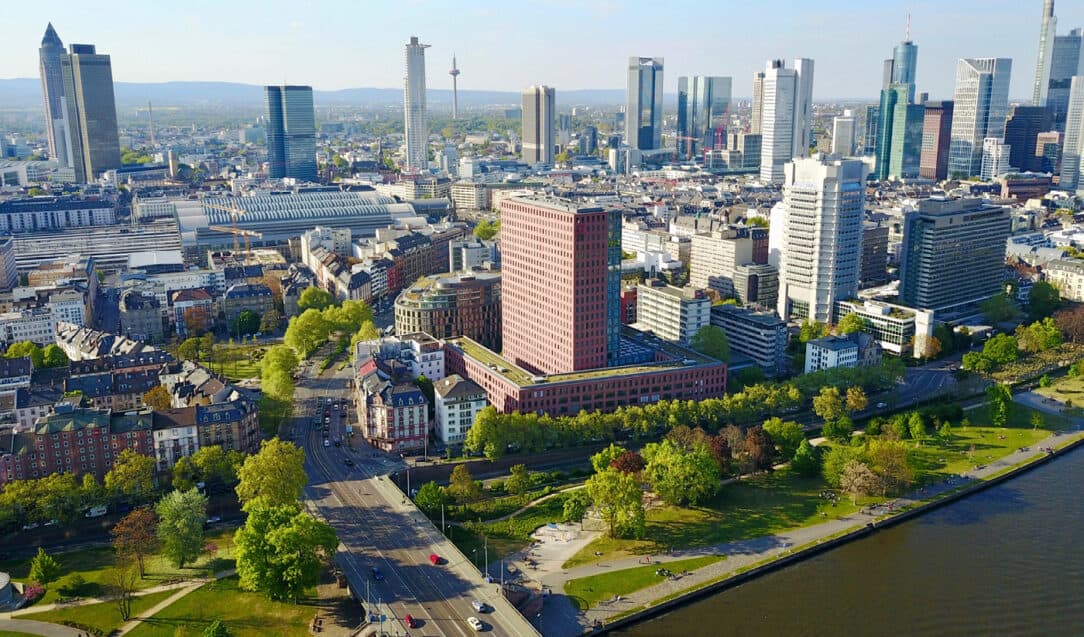What role can bicycles play in the cities of the future?
The COVID-19 pandemic, through the urban planning initiative of "coronavirus bike lanes", has highlighted the return of the bicycle to the city. In reality, this comeback has been under way for many years, though it did get a recent boost. What are the causes? What are the consequences on urban planning today? What will bicycles in cities look like ?
Young people and housing: cocooning, 4-star or planet friendly?
In the previous article, we introduced you to three kinds of young people based on the trends revealed by the survey conducted by JAM for Bouygues Construction of 1,000 people between the ages of 18 and 25 about their relationship to housing: the Swiss army knife, the open door or the move-in ready. Here are three more...
Transport and industry: what if green hydrogen was the key to decarbonisation?
In order to accelerate the reduction of their own carbon footprint and support their customers with energy transition, Bouygues Construction and Bouygues Energies & Services signed an agreement on 15 October to invest in PowiDian, a start-up specialising in the self-sufficient production of hydrogen-based energy. This is the best way to reach zero carbon.
How will Île-de-France look in 2050 ?
Imagine it is 2050 in Ile-de-France. The effects of environmental disturbances and the reduction of energy resources have led to a profound transformation in the organisation of the region and life as it unfolds there. Half as many residents, virtually no automobiles, which have given way to low-tech transportation...plus local solidarity initiatives, breathable air and stronger ties to nature and biological rhythms. That is the revolutionary scenario described by Institut Momentum, a think tank specialising in degrowth, in its report Bioregions 2050.
The future of 3D printing in construction – interview with Bruno Linéatte, Director of R&D for Building Construction Methods at Bouygues Construction
Bouygues Immobilier Grand Ouest gained prominence recently for using 3D printing to build "La Sphère", a reception building for a public housing project in Harfleur on behalf of Immobilière Basse Seine - 3F Group. What challenges await this innovative mode of construction? Read on for answers from Bruno Linéatte, Director of R&D for Building Construction Methods at Bouygues Construction.
A Coaching Programme to Support Construction Innovation
Last June, a second group began the Bouygues Construction R&D acceleration programme, organised with Schoolab. The goal: provide six months of support and coaching for several Group employees with innovative ideas. A concrete investment in the future!
The user experience at the center of the Army’s accommodation construction
Quality of life is an ambition more and more claimed, especially by the new generations who aspire to a real global well-being in their workplace as in their homes.
Mehdi Mahmoudysepehr: An engineer in Geomechanics and PhD student at Chaire Construction 4.0
‘To better understand and interpret the behaviour of tunnel boring machines in order to anticipate and solve technical problems within the industry is the subject of Mehdi Mahmoudysepehr’s doctoral research project. He is a PhD student at Chaire Construction 4.0. He tells us more about it below!
2024 Games: an innovative Aquatics Centre, easily adaptable for the Heritage phase!
A facility that can evolve to suit its users: this is Bouygues Construction’s design goal for the 2024 Aquatics Centre. This location will provide the best swimming conditions for sportsmen and sportswomen during the Games and other high level competitions, but will also adapt to the sporting needs of local inhabitants.
Self-healing concrete
Several research centres around the world are working on proactive self-healing concrete processes, anticipating cracks as early as the design or the placing of the concrete.
Com’in: Nuisance Control (Noise, Vibration, Air Quality and Mobility)
Nuisance control for a better acceptance of construction projects Presentation of the solution with Laurent Mareuge, CEO - Founder of Com’in
Cities Are Taking Steps to Become Carbon Neutral
Responsible for 67% of global GHG emissions, cities are on the front line of this challenge. Two high-emissions sectors - transport and construction - are of direct concern to them. What are their margins of manoeuvre and trajectories to become low carbon and carbon neutral? What are the major assets of the local scale?
Young people and housing: Swiss Army Knife, Open Door or Ready to Use?
In our previous article on the youth’s relationship with housing, we provided you with general trends on where young people live and their perceptions of housing. These lessons, drawn from a series of surveys carried out by JAM for Bouygues Construction among 1,000 young people aged between 18 and 25, led to the development of 6 model profiles, devised with young volunteers at a workshop following the survey. Today, we present you with the first three typical profiles, which give an insight into the different visions of housing that are cohabiting in the new generation.
Building reversible today, to better transform tomorrow
Reversible construction means anticipating from the programming and design stage to facilitate future transformations of a place. But why take on this challenge, and in practice, how?
Sustainable materials: the key to future construction
Improving thermal insulation, reducing the carbon footprint, optimising energy performance… The solution to all these linked objectives lies in the design phase with the choice of materials. A dilemma or a boon?
Air quality: housing’s new priority
We are what we eat, but we are also what we breath: more than 15 kg of air every day! And most of that air quality comes from confined spaces. We spend more than 80% of our time inside with many pollutants. New constructions could well bring a breath of fresh air…
The secret to durable buildings: perfectly timed renovations!
Every day, concrete endures attacks of all kinds (carbon dioxide from the air, chlorides, etc.). These aggressive substances corrode the concrete's metal reinforcements and cause deterioration. Unavoidable? Yes. Disastrous? No – not if you know exactly when to do renovation work.
Creating environments conducive to health and well-being (+leaflet “Territories facing the health crisis”)
Discover our leaflet "Territories facing the health crisis".
The ecological compatibility of data centers, a new challenge with many possibilities
With the increase in the circular economy and the arrival of the next Environmental Regulation (RE 2020), many solutions are being considered to reduce the energy consumption of buildings. The heat produced by data centres could, according to some, be a solution. Here is why.

